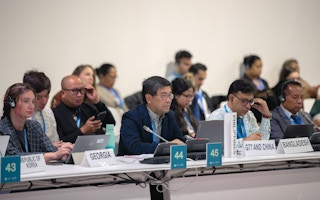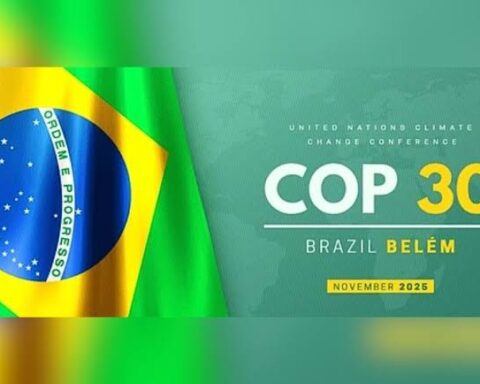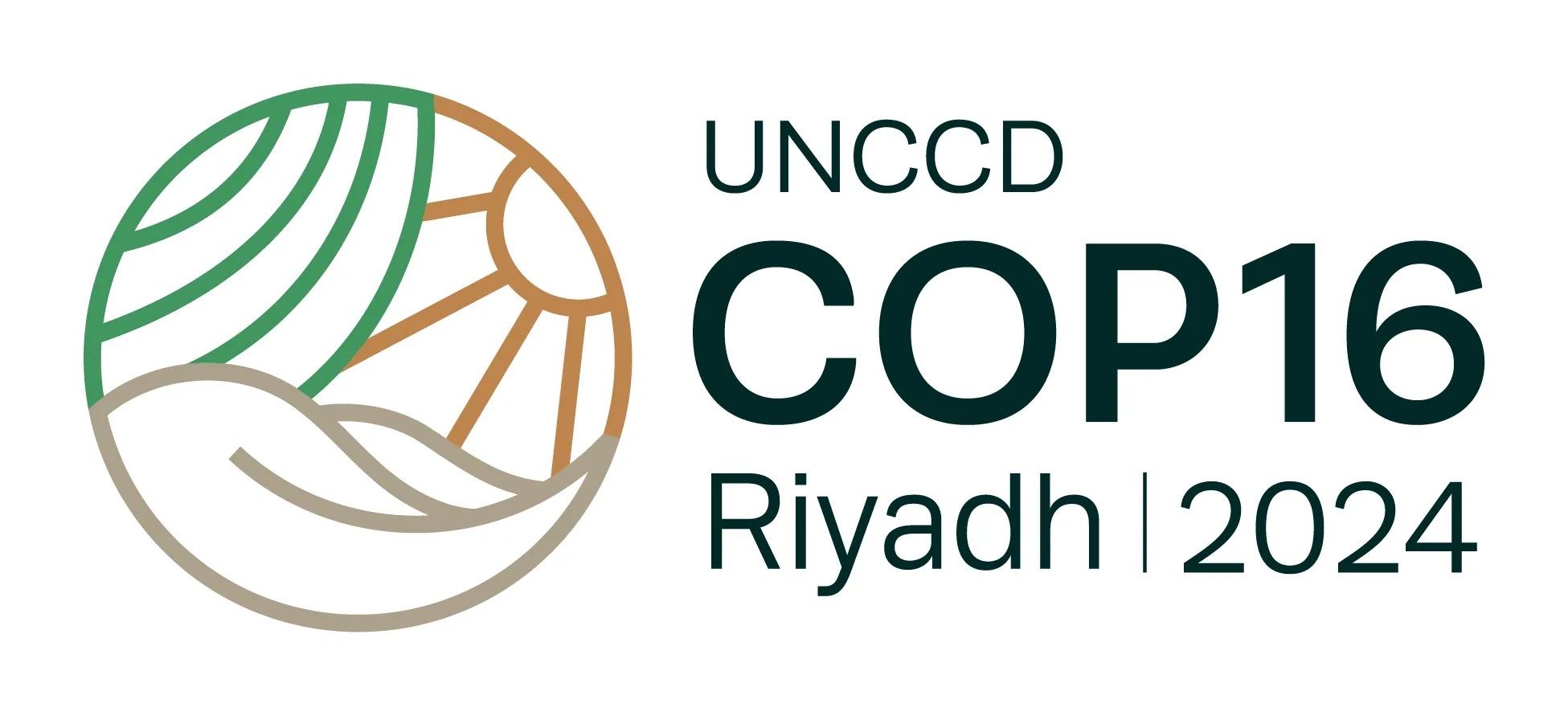After two weeks of intense negotiations, COP29, the 29th Conference of the Parties to the United Nations Framework Convention on Climate Change (UNFCCC), concluded on November 22 with groundbreaking agreements that could shape the future of climate action for developing nations.
The conference, held in Baku, Azerbaijan, saw representatives from nearly 200 countries come together to address critical issues related to climate finance, adaptation, and transparency.
Despite early disagreements, COP29 progressed into a platform for impactful resolutions under the leadership of COP29 President Mukhtar Babayev.
Key Agreements Reached
One of the landmark decisions was a commitment to triple public climate finance for developing countries. The target is to increase the current annual $100 billion fund to $300 billion by 2035.
This move aims to help vulnerable nations combat climate disasters while participating in the global transition to clean energy.
Progress was also made on Article 6 of the Paris Agreement, which finalizes the framework for international carbon markets.
The agreed mechanisms include safeguards for environmental integrity and Indigenous Peoples’ rights, ensuring projects adhere to scientific and human rights standards.
“This is a big win for developing nations. It provides new financial flows and capacity-building opportunities, especially for least-developed countries,” Babayev said during the closing ceremony.
Transparency in climate reporting was another highlight, with 13 countries submitting their Biennial Transparency Reports (BTRs) ahead of schedule. The Enhanced Transparency Framework (ETF) reporting tools were also finalized to aid developing nations in meeting their climate commitments.
Adaptation and Inclusivity
On adaptation, COP29 launched the “Baku Adaptation Road Map,” designed to accelerate the implementation of National Adaptation Plans (NAPs) for least-developed countries.
The conference also introduced the Baku Workplan to amplify the voices of Indigenous Peoples and local communities in climate action.
A significant milestone was the extension of the Lima Work Programme on Gender and Climate Change for another decade, alongside plans for a new gender action plan to be adopted at COP30.
For the first time, children played a direct role at COP29, participating as moderators and speakers in youth-led forums. This inclusivity was hailed as a step toward intergenerational collaboration in addressing climate issues.
Concerns and Future Steps
While these achievements mark progress, experts warn that implementation remains a critical challenge.
“The agreements are promising, but without robust mechanisms for enforcement, they risk becoming mere rhetoric,” Lawrence Mayaki, Founder of AfriEarth Foundation, said.
COP29 also faced criticism for the slow pace in addressing loss and damage funding, a critical issue for countries already suffering from the impacts of climate change.
As the global community looks toward COP30 in the United Arab Emirates, the focus will be on translating these agreements into tangible actions.
Hope for Developing Nations
The outcomes of COP29 have rekindled hope for countries in the Global South, particularly Nigeria, which faces rising climate vulnerabilities.
With increased funding, transparent climate reporting, and enhanced adaptation plans, nations like Nigeria stand to benefit significantly if the promises are kept.
As stakeholders return to their respective countries, the success of COP29 will depend on their commitment to delivering on these agreements and ensuring no nation is left behind in the fight against climate change.
By Dare Akogun








